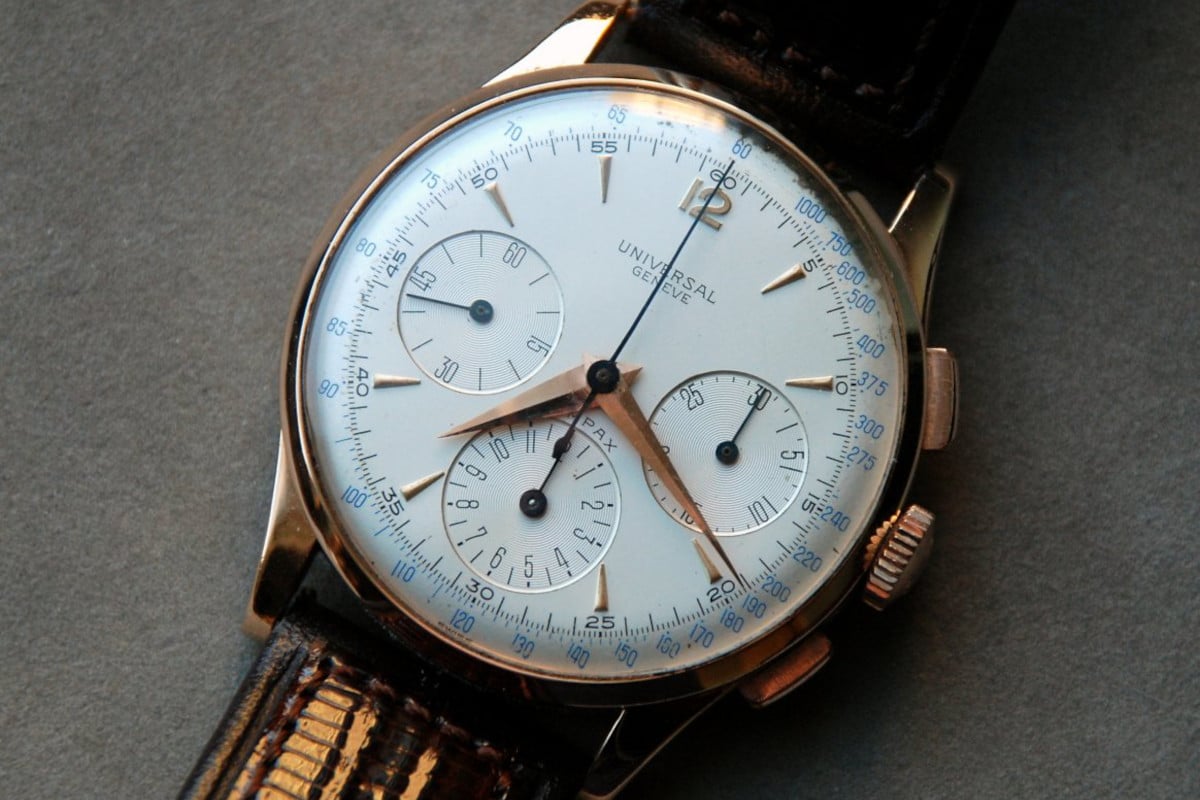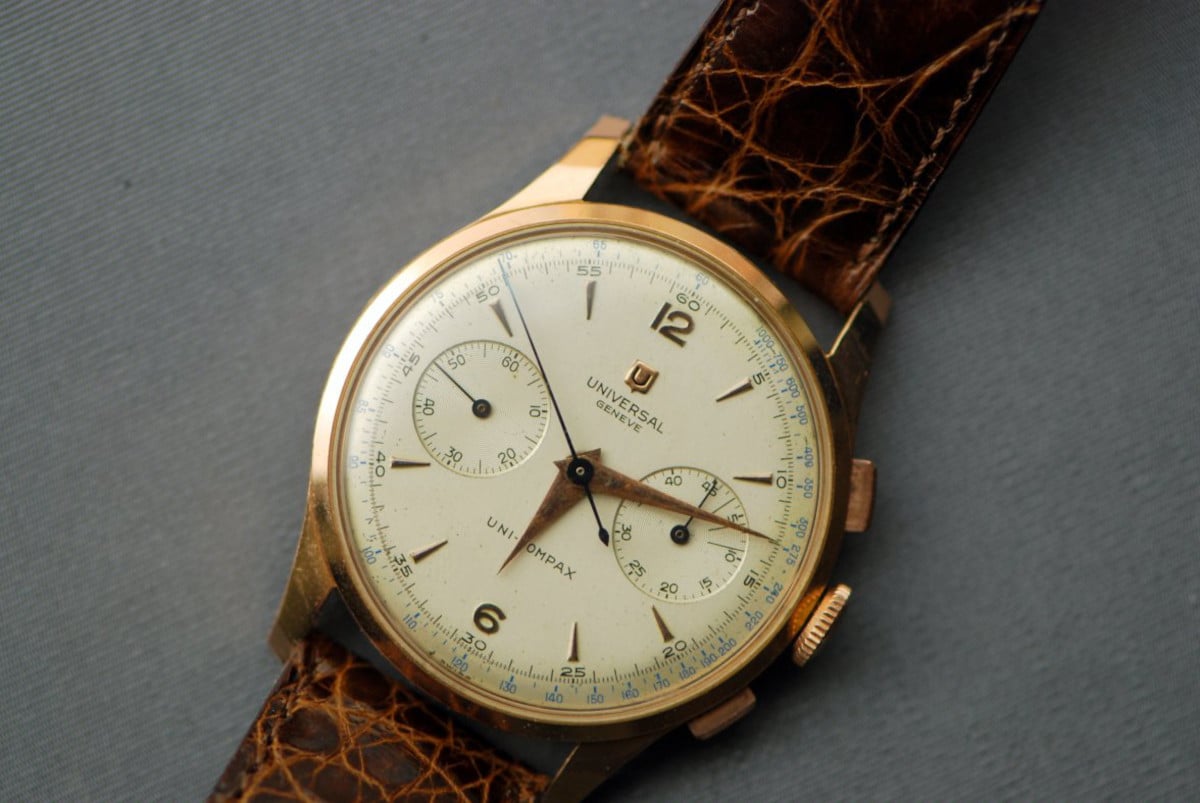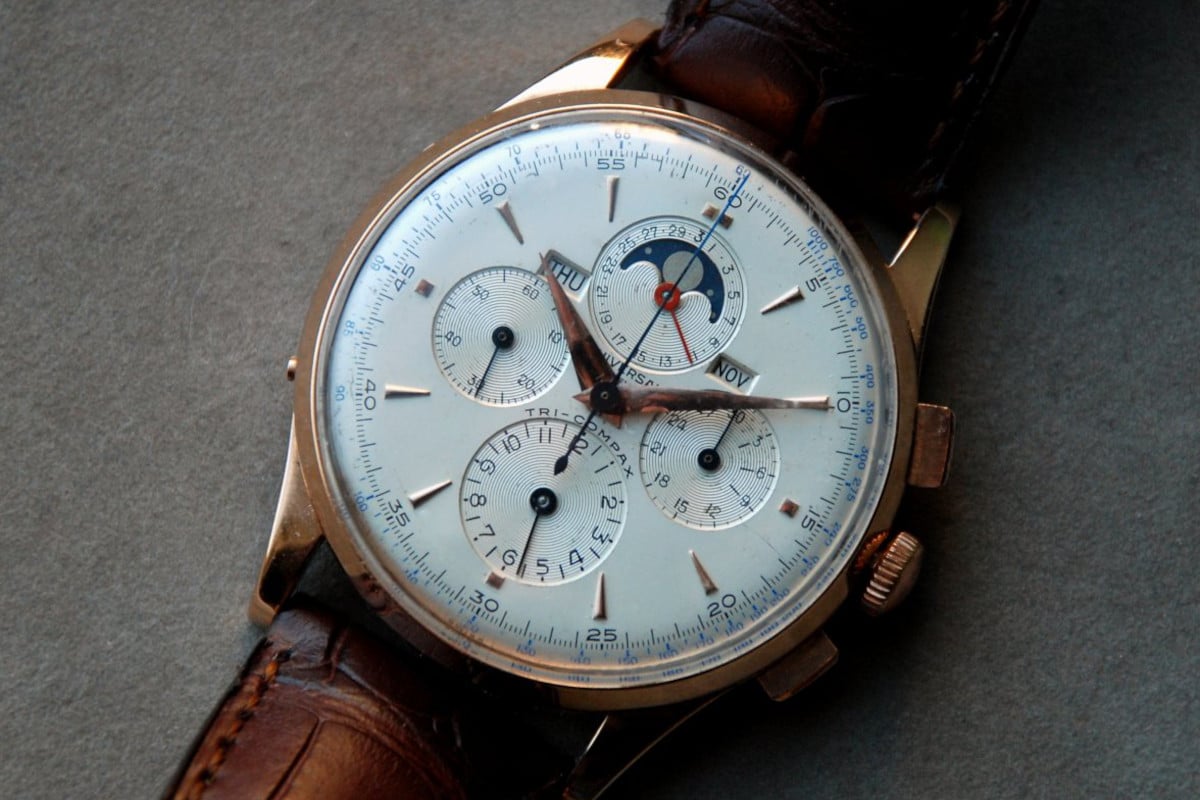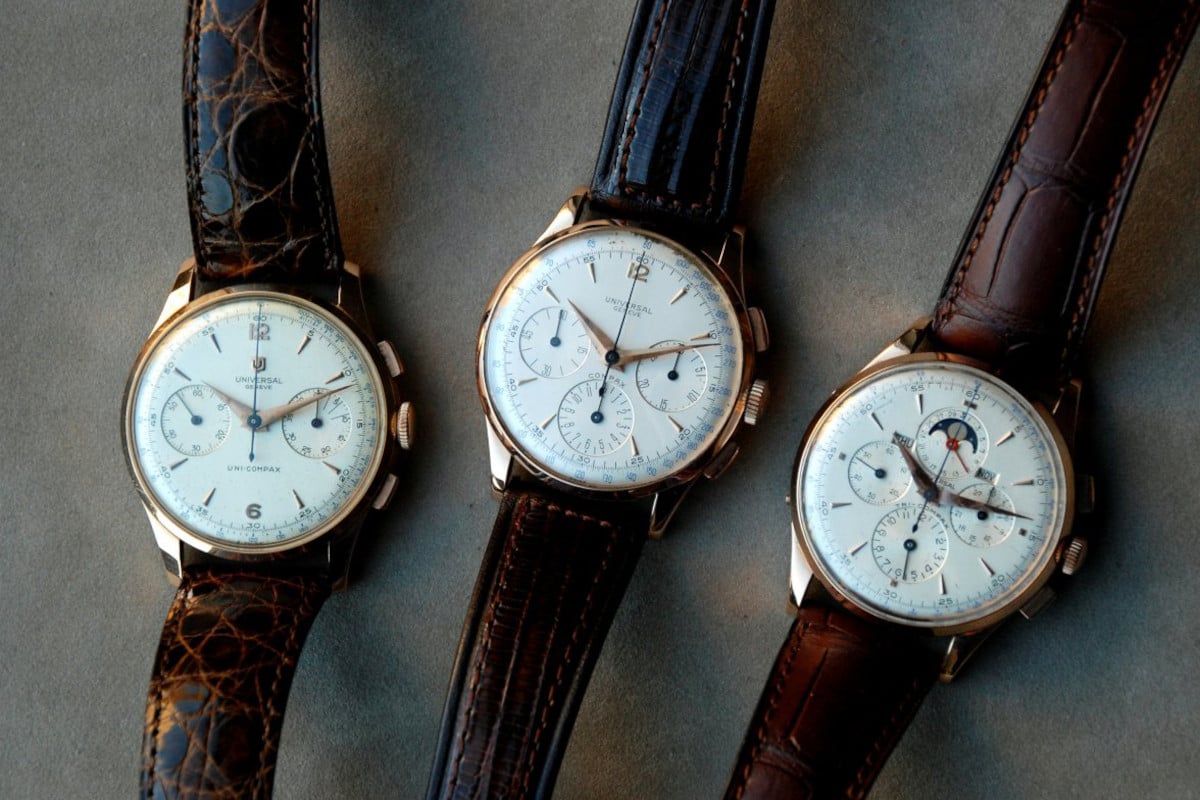How Watches Work: Bi-Compax Vs. Tri-Compax
We all know what these terms mean, right? Of course, we do. They’re commonly used and well-known to all chronograph fans and collectors. Well, what if I told you that the majority of times we see the terms bi-compax and tri-compax used, they’re not technically correct? Granted, it’s not quite as bad as seeing “deployment” instead of “deployant”, but we watch fans pride ourselves on factual accuracy, so let’s clear things up.
I’m not going to teach you how to suck eggs. We all know what a chronograph is, but for the sake of completeness, let’s just define it here. As you’re almost certainly aware, a chronograph is a stopwatch that allows the user to accurately measure elapsed time to the second. The function has been around for many years — since 1816, to be exact. Louis Moinet invented the chronograph (or “Compteur de Tierces”, as he called it) to aid with setting his telescope and timing the passage of the stars, planets, and planetary moons.
Not just about sub-dials
You’ll often see the words “bi-compax” and “tri-compax” used to describe the number of sub-dials a watch has. The good thing is that we’re not one million miles away from the truth. Bi- and tri- both stem from Latin origins meaning “two” and “three”, respectively. These prefixes are commonly found in the English language, e.g. binoculars, tricycle, etc. So it’s fair to assume that the terms are counting something, right? If not sub-dials, then what? Well, “compax” originally referred to complications rather than the number of sub-dials themselves.
First came the Compax
Swiss watch manufacturer Universal Genève SA introduced its Compax chronograph in 1936. The watch displayed the elapsed minutes and hours on two separate sub-dials, with a third sub-dial displaying the going seconds. The going seconds are not classed as a complication; thus, the watch featured two sub-dials with complications. You would assume that would technically make it a bi-compax. Still, Universal Genève named the watch the Compax to sit alongside its Compur model, a chronograph watch with two sub-dials.
Then came the Uni-Compax
In the 1940s, Universal Genève launched its Uni-Compax watch. This was an updated bi-register chronograph watch, designed to replace the Compur in its lineup, with the stylings more in line with the Compax. The Uni-Compax chronograph counts elapsed minutes only on the sub-dial at 3 o’clock. The other sub-dial, at 9 o’clock, is the going seconds.
Last but not least, the Tri-Compax
Finally, we have the Tri-Compax. Released at Baselworld in 1944, the Universal Genève Tri-Compax was the pinnacle of the Compax collection and is named after its three functions: calendar, chronograph, and moonphase. By previous compax definitions, this watch “should” have been a Quadri-Compax as the chronograph functions were split across two sub-dials at three and six o’clock. The sub-dial at twelve o’clock displayed both the moonphase and a small pointer date, with day and month windows on either side of it.
What about bi-compax?
So, we’ve established that the origins of the Compax nomenclature began with Universal Genève in the 1930s and ’40s. However, due to the potentially confusing rules of the naming system, over the years, the definitions evolved and were adopted as a part of the broader watch-enthusiast lingo. Indeed “bi-compax” is a term that actually has no place within the history of Universal Genève’s Compax collection. Instead, it has gradually established itself as a more modern definition for chronographs with a pair of sub-dials. In this vein, the term “tri-compax” has been adopted to mean a chronograph with a triple-sub-dial layout.
Every day is a school day!
So there we have it — the origins and technically correct definitions of the compax terminology. Personally, I’m not suggesting for a second that we revert to these definitions. The current usage of “bi-compax” and “tri-compax” is far more logical and too firmly entrenched in our modern-day lingo that I think it would be barmy to suggest otherwise. That said, others on the Fratello team disagree, and you certainly won’t see Rob Nudds referring to a dual-register chronograph as “bi-compax” willingly! He is a staunch proponent of the “compur” term.
Which definitions do you prefer, the historically accurate ones or the modern-day adaptations? Let us know in the comments below!
Follow me on Instagram: @davesergeant | @fratellowatches






